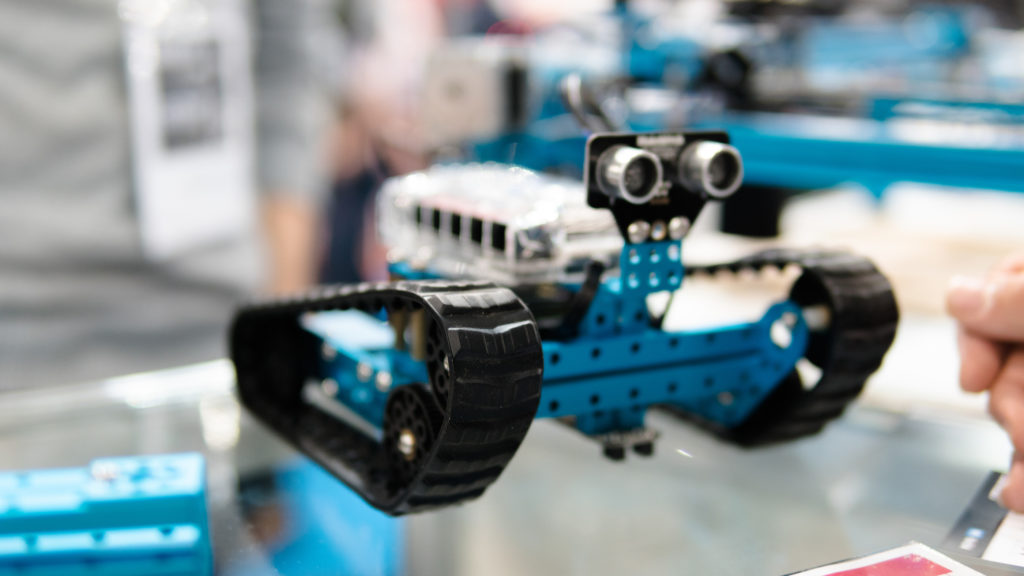
Since well before the days of The Jetsons television series, we’ve been waiting for robots like Rosie to become part of our daily lives, performing all kinds of tasks at home and everywhere, but the use of robots still remains incredibly limited. This is mostly due to inadequate motion planning performance.
Motion planning is the process of determining how to move a robot from current pose to a desired goal pose. Until recently, this process has been implemented in software running on high-performance commodity hardware, and it takes multiple seconds, which prevents the use of robots in dynamic environments or environments with humans. With traditional motion planning, robots can be used in simple environments with only repetitive operations with limited movement and not a lot of humans around, such as an automotive assembly line.
Motion Planning for AVs
One of the biggest challenges in motion planning for computers is collision detection. And this is part of why autonomous vehicles (AVs) haven’t become commonplace.
Motion planning for AVs is simpler in many ways than configuring a many-jointed, multi-dimensional robot arm. But the high speed nature of an AV in an environment with other entities that operate unpredictably, such as bicycles, pedestrians, and other vehicles, makes the process a bit more complicated.
With sufficiently fast motion planning, we can drive in a risk-aware fashion, treating each agent’s behavior probabilistically. Of course, unless the plan is to simply leave the AV parked at all times, no motion plan has a risk of zero. If another agent is determined to cause a collision (for example, deliberately swerving into a vehicle), it’s extremely difficult to avoid, whether riding in a traditional vehicle driven by a human or riding in an AV. It’s all about choosing the plan with a collision probability within our risk tolerance.
Realtime Robotics, based in Boston, MA, has developed special purpose hardware to achieve sub-millisecond motion planning, expanding the range of tasks that robots will soon be able to complete. The new processor, RapidPlan has a reconfigurable and more scalable design for collision detection. It provides real-time motion planning, making the opportunity for robot and AV use far more likely.
More About AV Technology
AV technologies are developing rapidly and promise to improve safety on the roadways. Learn more about the foundational and practical applications of connected, intelligent AV technologies, with the IEEE Guide to Autonomous Vehicle Technology, a seven-course program exploring the latest industry-leading strategies and business-critical research on AV technologies. Developed by some of the leading experts in the field, this program offers attendees valuable CEUs and PDHs upon completion.
For more about the latest advancements in robotics, drones, and artificial intelligence, check out ROBOTS, a product of IEEE Spectrum, the flagship publication of the IEEE.
Resources
Sorin, Dan; Konidaris, George. (18 Dec 2018). Enabling Faster, More Capable Robots With Real-Time Motion Planning. Robots.


[…] traffic environment, including aggressive driving behaviors and complicated signage, may slow AV adoption. Autonomous vehicles would need more time to learn the local traffic structure and be able to […]
[…] the time, in a future where cutting edge innovations like self-driving cars and remote-controlled robotics are envisioned, having near-zero latency is even more critical. This is a future where near zero […]